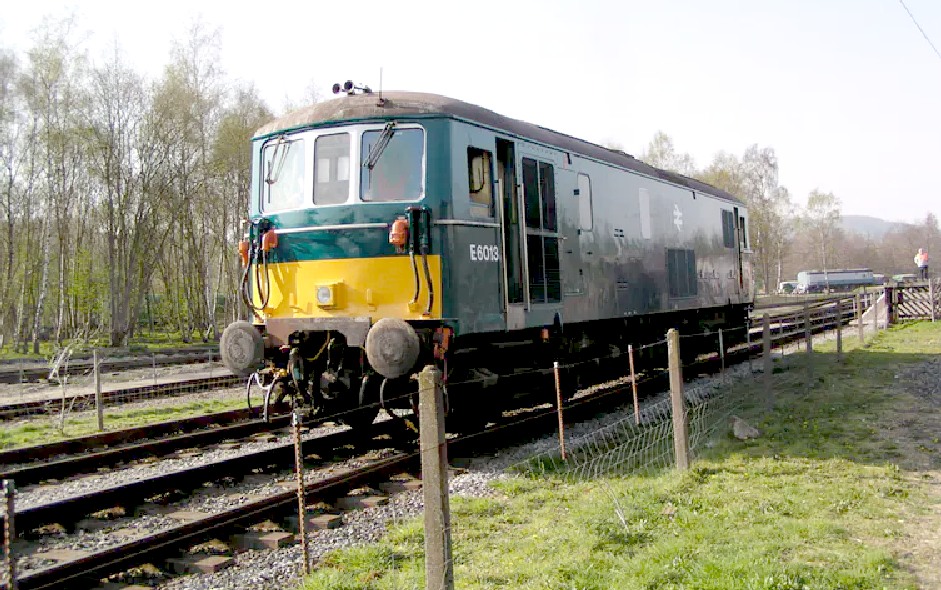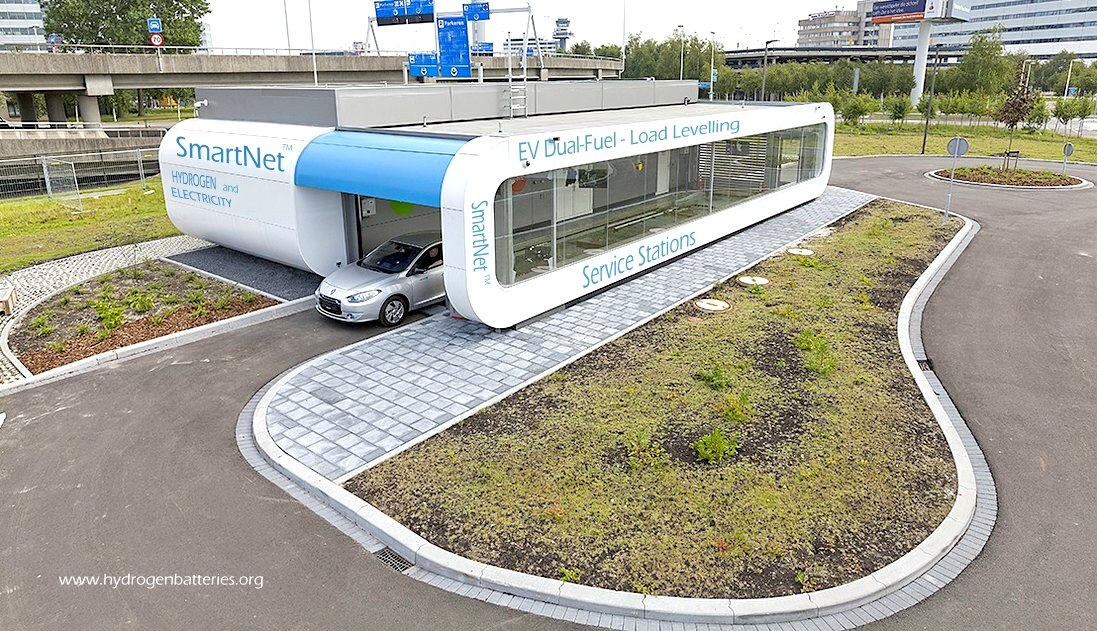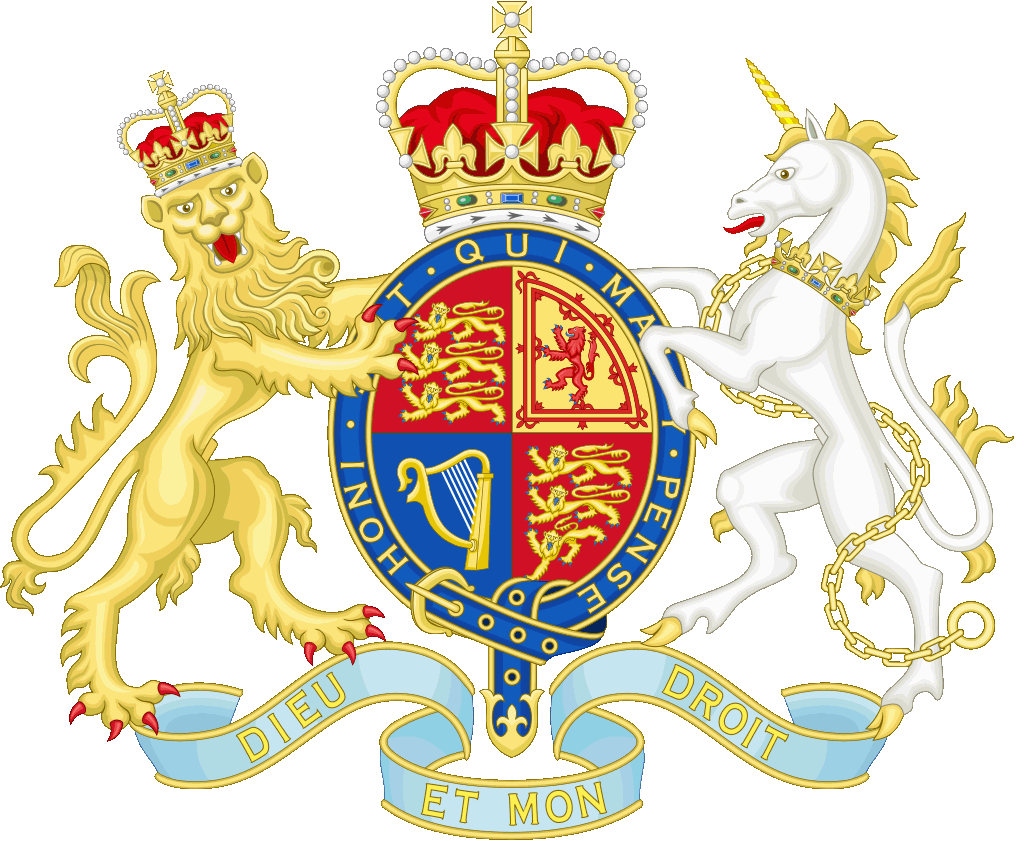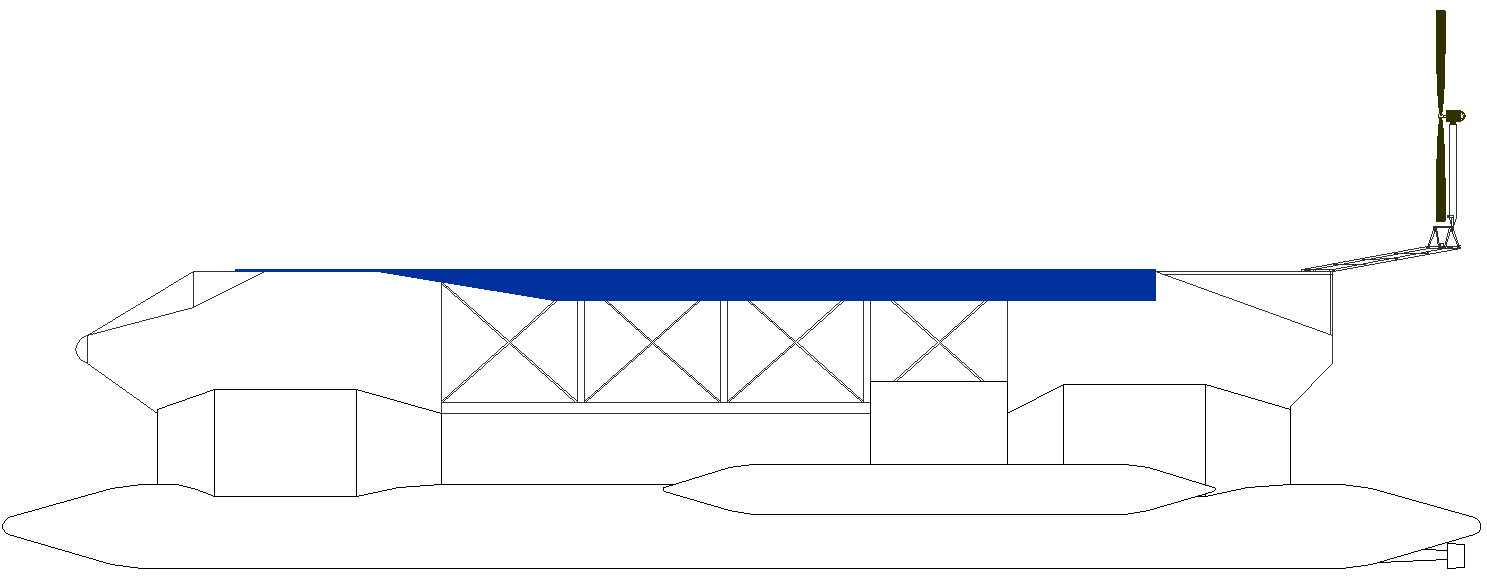
Much
of the UK's rolling stock is outdated and runs on diesel fuel, where
fossil fuels for passenger and freight trains should be phased out in
favour of electric traction. The onboard diesel engines should be
replaced with hydrogen fuel cells, and the remaining tracks electrified
as far as is possible.
The Department for Transport (DfT) works with 24 agencies and partners to support the transport network that helps the UK’s businesses and gets people and goods travelling around the country. The DfT plan for and invest in transport infrastructure to keep the UK on the move.
Four of the big challenges for any country facing climate
change, are
cleaning up Air, Ocean, Rail, and Road transportation.
AIR
The
DfT is investigating moving to electric
aircraft, but this is in its infancy, with English
Channel hops being the limit in 2021.

OCEAN
Ocean
transport is facing a crisis, with a 2030 target set by the IMO for
cleaner ships under MARPOL
amendments in May 2019, and UK ports lacking the infrastructure for charging
battery or hydrogen
vessels, hence searching for alternative fuels such
as ammonia and methanol.
CLEAN
MARITIME PLAN 2050 - PUBLISHED JANUARY 2019
INTRODUCTION:
1 - 13
SECTION 1 - TACKLING EMISSIONS:
14
- 50
SECTION 2 - OUR APPROACH:
51 - 58
SECTION 3 - ECONOMICS:
59 - 95
SECTION 4 - INFRASTRUCTURE:
96 - 120
SECTION 5
INNOVATION: 121 - 129
SECTION 6 -
REGULATION: 130 - 138
SECTION 7 - NEXT
STEPS: 139 - 140
MAP - THE 2050 PLAN RECOMMENDATIONS
GLOSSARY
END
NOTES REFERENCE LINKS
ROADS
Road
transport is moving to electrification
from a 2035 ban on fossil
fueled vehicles. Hydrogen FCEVs are lagging way behind Battery EVs
in terms of supporting infrastructure, with only 14 service stations in
2021. Otherwise, EV sales are climbing.

RAIL
The Office of Rail and Road (ORR) statistics on rail emissions and Rail Infrastructure and Assets 2019-20,
tells that 6,049 km (38%) of the mainline railway route (15,904 km) is now electrified, with 29% of Britain's current fleet run solely on
diesel fuel. These trains will need to be re-engineered or scrapped before they get to the end of their useful life to meet government targets.
Electricity usage by passenger trains increased by 5.3% and
diesel usage increased by 1.5% compared to 2018-19. Over the same time period, passenger kilometres decreased by 1.3%.
The resulting CO2 emissions for passenger trains fell to 35.1g CO2 per passenger km.
The amount of diesel consumed by freight trains in 2019-20 also increased – by 12.5% to 172 million litres. Officials said this is the highest figure since 2015-16, and the first time that
diesel use increased year on year since 2015-16.
Electricity usage fell by 6.3% to 70 million kWh.
As a result, CO2 emissions for freight trains increased to 27.5g CO2 per tonne km. This is the highest level since the comparable time series started in 2011-12.
The average age of rolling stock for all train operators was 17.3 years, down by 1.9 years since 2018-19.
THE DfT is RESPONSIBLE FOR:
- providing policy, guidance, and funding to English local authorities to help them run and maintain their road networks, improve passenger and freight travel, and develop new major transport schemes
-
investing in, maintaining and operating around 4,300 miles of the motorway and trunk road network in England through Highways England
-
setting the strategic direction for the rail industry in England and Wales – funding investment in infrastructure through Network Rail, awarding and managing rail franchises, and regulating rail fares
-
improving English bus services through funding and regulation
-
working to make our roads less congested and polluted by promoting lower
carbon transport such as hydrogen
fuel cell EVs, battery
electric EVs, cycling and walking
-
encouraging the use of new technology such as smart ticketing and low carbon vehicles
-
maintaining high standards of safety and security in transport
-
supporting the maritime sector by producing the overall strategy and planning policy for ports in England and Wales
-
setting national aviation policy, working with airlines, airports, the Civil Aviation Authority and NATS (the UK’s air traffic service)
THE DfT's PRIORITIES ARE:
- boosting economic growth and opportunity
- building a One Nation Britain
- improving journeys
- safe, secure and sustainable transport
The Department for Transport and their agencies employ around 18,245 staff and 354 non-payroll staff, who work in
various locations across the country:
Non-ministerial department
Office of Rail and Road
Executive agency
Driver and Vehicle Licensing Agency
Driver and Vehicle Standards Agency
Maritime and Coastguard Agency
Vehicle Certification Agency
Executive non-departmental public body
British Transport Police Authority
Directly Operated Railways Limited
High Speed Two (HS2) Limited
Northern Lighthouse Board
Transport Focus
Trinity House
Advisory non-departmental public body
Independent Commission on Civil Aviation Noise
Tribunal
Traffic Commissioners for Great Britain
Public corporation
Civil Aviation Authority
Crossrail International
London and Continental Railways Limited
Other
Air Accidents Investigation Branch
DfT OLR Holdings Limited
Disabled Persons Transport Advisory Committee
East West Railway Company Limited
Highways England
Marine Accident Investigation Branch
Network Rail
Rail Accident Investigation Branch
RESEARCH
The DfT say they are committed to making policies that are based on evidence. They need evidence so
that they can understand the context in which they are working, the challenges
the country is facing and how these will change over time. Evidence also helps
them to understand the likely impacts of policies and lets them evaluate whether they’re effective.
They use evidence from a variety of disciplines including science, statistics and social
research, and they commission original research to provide evidence where it’s not available from other sources.


CONTACT DfT
The Department for Transport (DfT) is located in Great Minster House (GMH).
As of 2021, Grant
Shapps MP is the Secretary of State, minister responsible for
transport.
Great Minster House
33 Horseferry Road
London
SW1P 4DR
DfT helpline: 0300 330 3000

CLEAN
SMART SHIPPING : The
Elizabeth Swann is shown above is a zero emissions vessel, using only
solar and wind power for propulsion.
LINKS
& REFERENCE
https://en.wikipedia.org/wiki/Department_for_Transport
https://ktn-uk.org/opportunities/clean-maritime-demonstration-competition/
https://www.gov.uk/government/collections/maritime-and-shipping-statistics
Please use our
A-Z INDEX to
navigate this site or return HOME





